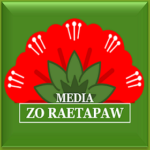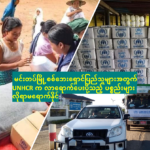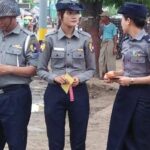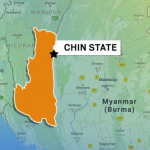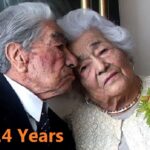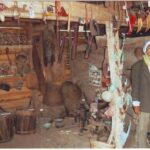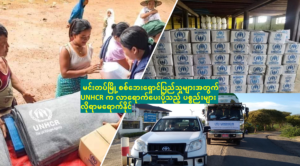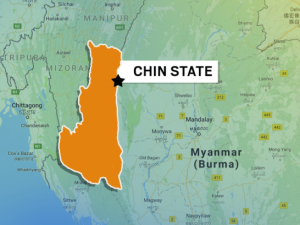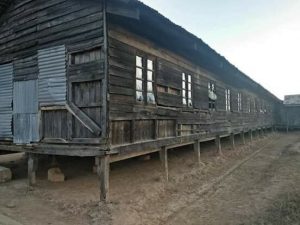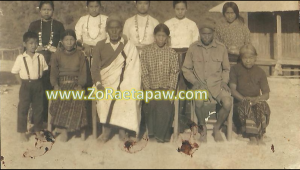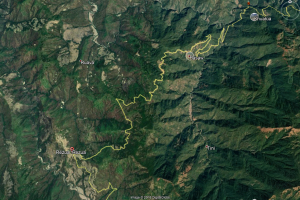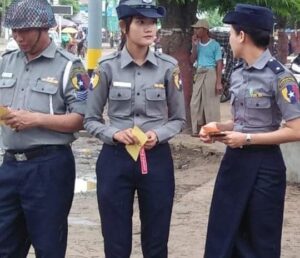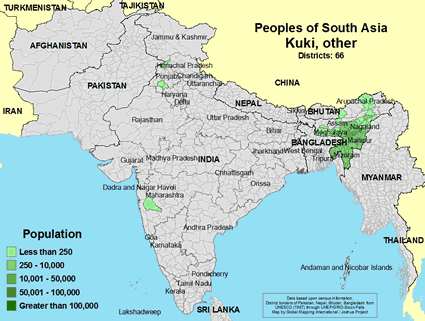
The word Zo was passed down from generation to generation and retained as their family heirlooms with slight variation from place to place. The ubiquity of Zo elements throughout Zoland, such as:
- Zomi in Tedim,
- Laizo in Falam,
- Zokhua, Zotung, Zophei, Zo Vailamtlang in Hakha, Thantlang and Matupi areas,
- Cho – cognate of Zo (Prof FK lehman), as they call themselves in Mindat and Kanpelet
- Khumi – cognate with Zomi (K Robins), as they identify themselves in Paletwa,
- Asho – also cognate of Zo, (Prof. lehman, sayagyi U Ba Thaung Tin and Salai U Tun Hlaing), as they are known in the plains and
- Zaw (Zo) – in Gangaw area, is concrete evidence indicting they are one, Zo People.
Tedim Zomi
Against the odds, thanks to the people of Tedim with and overall population in Myanmar totalling well over 200,000, speaking one common dialect, for their steadfast loyalty in preserving ‘Zo’ in its pristine condition. If it wasn’t for them, out true history name, Zo, would have been completely lost beyond all people of retrieval today. We’d never know ‘Zomi the Conqueror’ was meant for us but only to be forever buried in history books never to be reclaimed. By being Zomi only we are entitled to by the many investigators as once a proud nation in the heart of Burma.
Falam Laizo
Apart form Laizo indicating that they are Zo, the Ngawnsm, a prominent tribe in Falam, identify themselves with Tedim Zomi in many aspects such as clan names like, Samte, Thawmte, Guite, Buansing, Thangsiah, Ngaihte, etc., culture, tradition and dialect.
Grierson noted: “It is probable that the Zahous(Zahau), like the Lushai and many of the Northem Chin tribes, is Zo” Linguistic Survey of India 1894, p5
Hakha and Thantlang Zo
Evidence confirming Zo being traditionally used to identify themselves in Hakha. Thantlang and Matupi, areas are strong and plentiful. FK Lehman, Professor of Anthropology/Linguistic, University of Illinois (USA) who did extensive studies on the history and culture of these tribes, was less satisfied with the works of other investigators before him. He stated “Actually, H N C Stevenson and other Englishmen seem to have been confused by the fact that their informants, attempting to explain the word, no doubt, did say to them that they called themselves ‘Zo’ and their land ‘Zo Ram’.” (Chin National Journal p94) According to lehman, the informants (the local people) did call themselves ‘Zo’ which unfortunately fell on deaf ears resulting into the adoption of Chin for Zo.
He went on, “in the context of such Feasts of Merit, Khuang Cawi or Lawng Tuk, a special prayer-ritual held by older men inside the feast Giver’s house, round the fire place, repeating “We acquire the riches, or good of the Vai country and of this our ‘Zo’ ram” Chin National Journal p95.
He concluded “It is interesting in particular that in this ceremonial context they call their country ‘Zo Ram’, they are obliged to think of themselves as, after all, ‘Zo” ibid. According to Prof. Lehman, since they called their country, ‘Zo Ram’, logically, they are ‘Zo People’,
In addition, he wrote: “In the Zophei speaking country about two days march south of Haka town there is a high mountain ridge known as Zo-Vailam-tlaang which you cross on the road connecting the Zo and the Vai(Burma) lands.” (The Struture of Chin Society p 30). They didn’t name it ‘Chin-Vai-lam-tlang. This further points to the fact that they are Zo People.
This Article Received From, and Credit to: Dr.J. Suan Za Dong, Sydney, Australia
